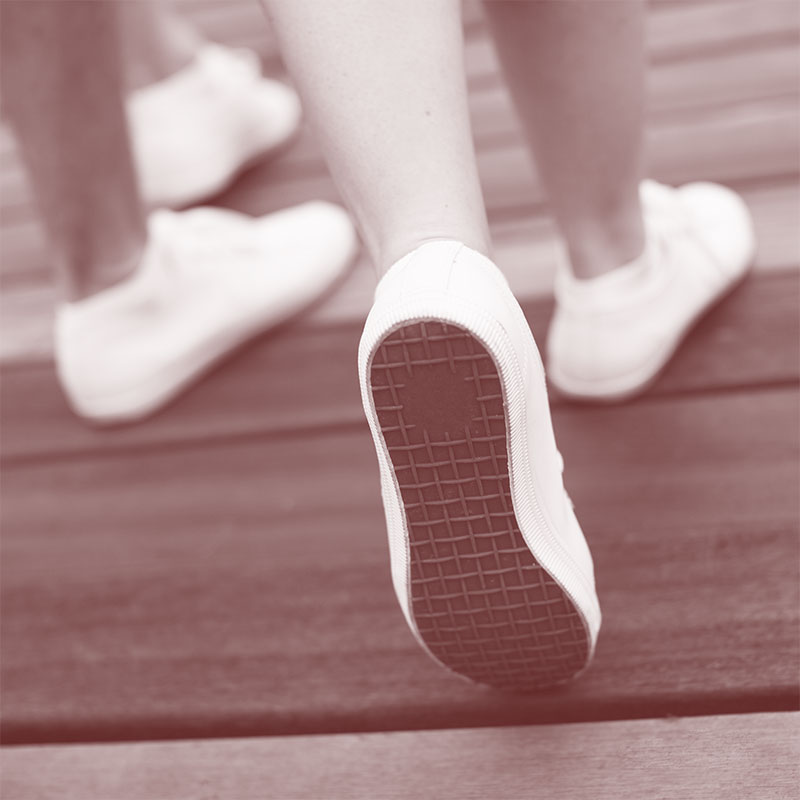Sound In Space
How Sound Behaves in Space
The difference between treated and untreated sound
Our perception of sound is a result of the interaction of multiple sound waves, that reflect over our environment, and interaction between sound waves themselves.
When we hear a sound in a room, the first wave that reaches you is the direct wave. As the name indicates, this wave has not interacted with the room, as it is directly from the emission source. Next, you will hear the first reflections, that normally only reflect once. We call this a first order reflection. Then, we perceive other reflections that are the result of numerous reflection from multiple surfaces. These reflections can be 2nd, 3rd or 4th orders, depending on the damping materials of the room.
The air velocity of sound is 344 m/s. The reflected waves travel a longer path, taking longer to reach the listener. This can create an echo effect, in which we perceive two distinct sounds, caused by a time distinction of over 80ms.
Reverberation time is our indicator of sound decay in the room. By definition, it’s the necessary time for sound energy to decrease by 60dB. The acoustic quality of a space is dependent of various factors: It can be related to the homogeneousity and non-homogeneousity of the sound field, and the quantity of energy in the room. These factors are engineered in accordance with the purpose of the room.
At Artnovion we have many ways of improving acoustics. Absorption, where we remove energy from the room, reducing or eliminating reflections, or through diffusion, where we scatter incoming waves, distributing their energy over a larger area.
Experience below how different sound fields affect our day-to-day environments, indicated by their RT.

Steps 0.5s

Steps 1.5s

Steps 3s
